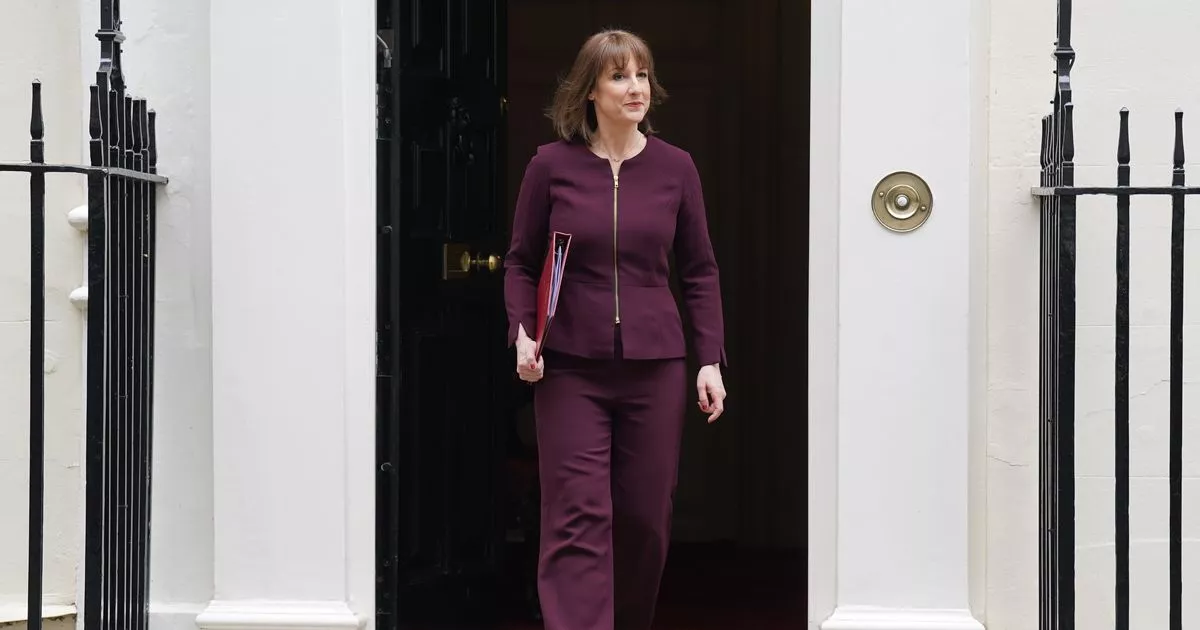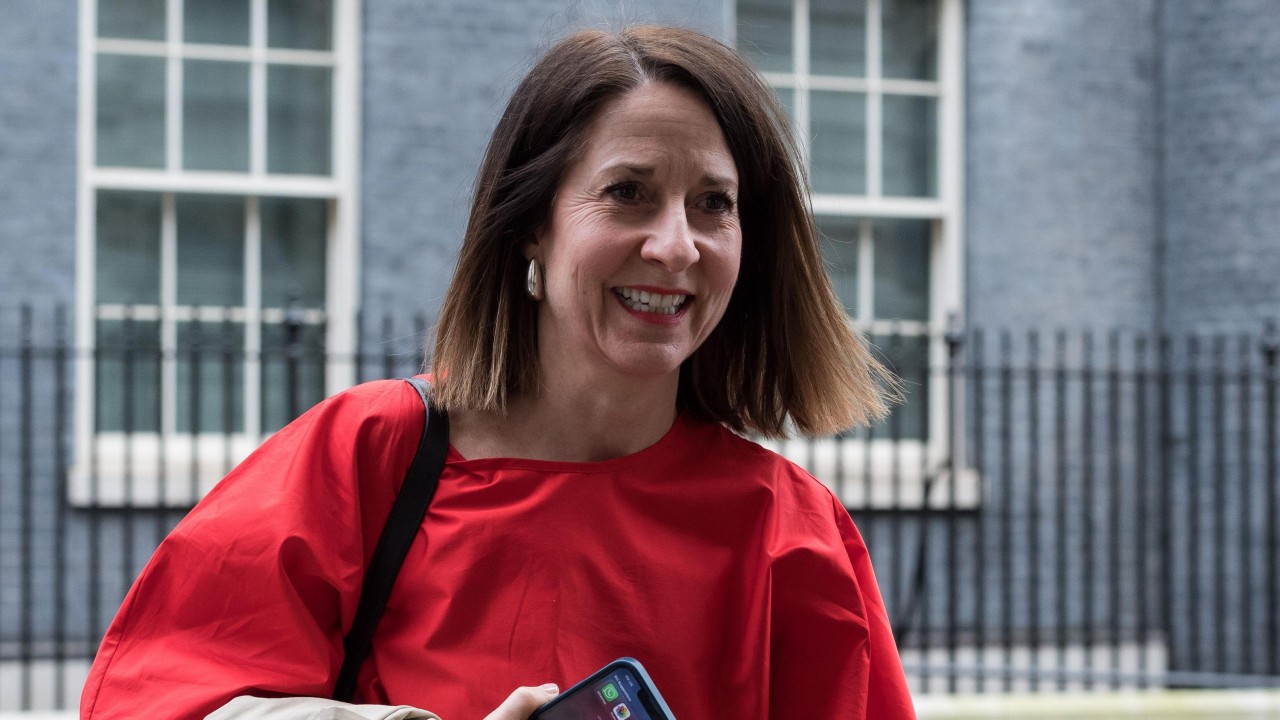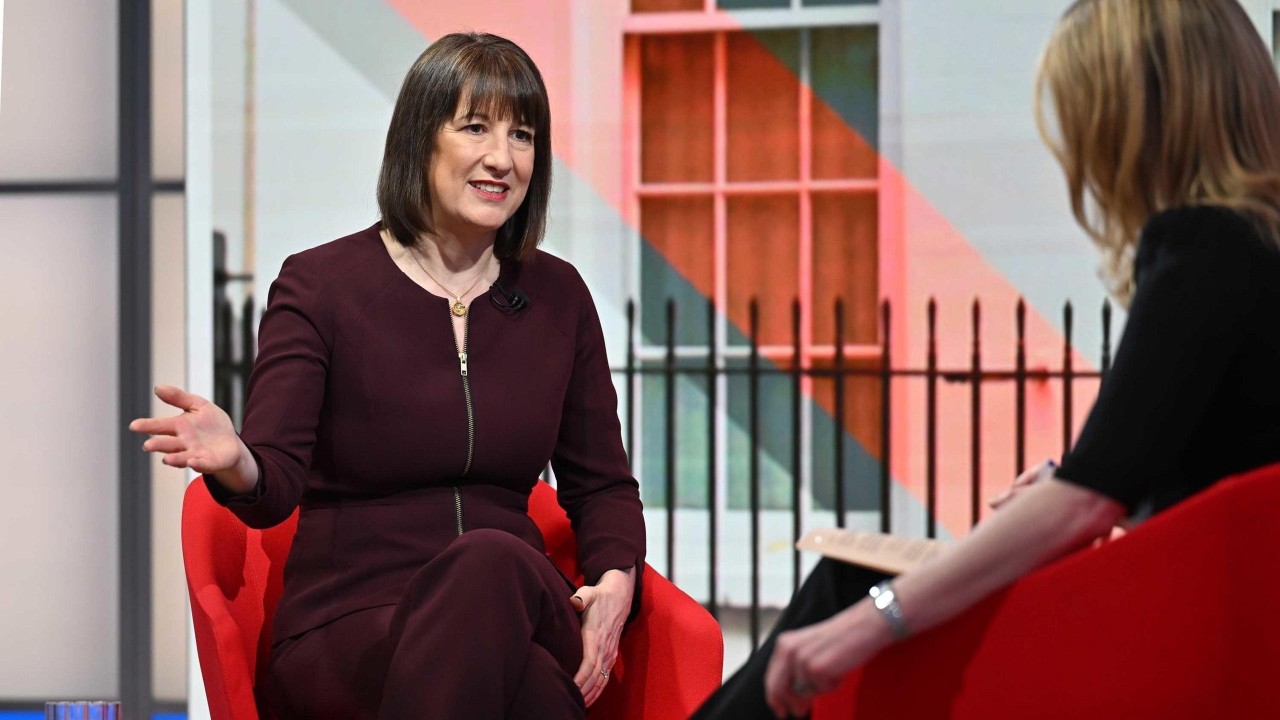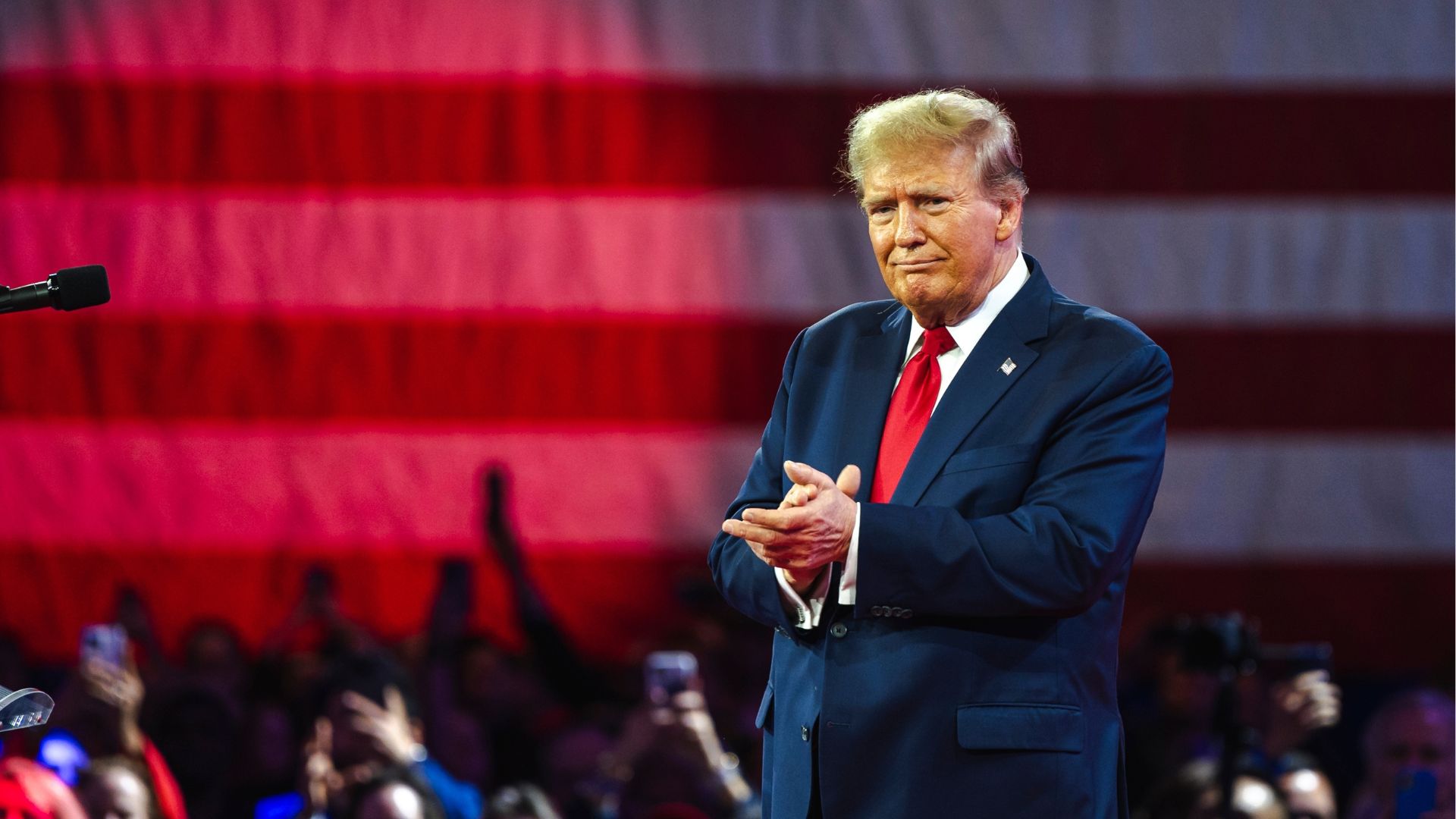Insights



Crypto, leverage and regulation, a red star rising? Paris’ role in china’s lending
Policy preview: crypto, leverage and regulation
“Banks must be trusted to hold our money and transfer it electronically, but they lend it out in waves of credit bubbles with barely a fraction in reserve” Bitcoin founder Satoshi Nakomoto
The age of cryptocurrencies appears to be well and truly upon us: 2021 has seen crypto-exchange Coinbase enter public markets at a market cap of roughly US$85 billion, in line with the market cap of HSBC; the cryptocurrency Ethereum which is positioned as building bloc for a host of digital applications is up some 450% year-to-date as of 12 May, and even the Bank of England Governor, Andrew Bailey, has been forced to discuss their value in a recent press conference. Bailey warned that cryptocurrencies “have no intrinsic value” and said punters should “buy them only if you’re prepared to lose all your money”.
Crypto-evangelists would surely disagree, but Bailey’s comments raise an important consideration for the market that must be considered – who assumes its liquidity risk – as crypto-currencies increasingly enter the main stream. Most crypto-currencies – and certainly the most prominent pair, Ethereum and Bitcoin – are marketed as decentralised and outside of financial regulators’ control . Many supporters argue that central bank officials like Bailey are so critical of cryptocurrencies precisely because of this, and passionately believe that the fact cryptocurrencies exist outside the traditional monetary system is a feature, not a bug.
While it is outside the scope of this column to argue the merits and criticisms of the arguments for cryptocurrencies, their recent stratospheric growth means that it behooves investors, regulators, and market participants to consider the risks of a cryptocurrency collapse. Bitcoin notched a market capitalisation of some US$1.12 trillion this April, up from $160 billion last April, growth of 700% – if it experiences a similar spurt of growth at any stage, it would reach a market cap of nearly US$8 trillion – larger than all of the US stimulus spending since the onset of the COVID-19 pandemic by a considerable margin – and nearly 10 times the US’ 2008 bailout.
Cryptocurrencies’ volatility is well known; and the amount of liquidity available to even the least practiced of traders has received increasing attention in recent months, particularly in light of the market activity around GameStop, which even resulted in a Congressional hearing in mid-February. Whether or not cryptocurrencies are truly independent of other monetary regulation, at their current levels of growth – and given the traditional financial institutions involved in enabling the leverage supporting this – they are becoming systemic.
Regulators may not like crypto-currencies and crypto-enthusiasts may not like regulators, but if they continue to ignore one another, the level of systemic risk will only continue to grow. If it does, and central bankers like Bailey are ultimately proven correct – or even if there is a market crash again as witnessed in 2018 – the pain will be felt far beyond the crypto corner of the financial markets.

Dollars and sense: Paris’ role in China’s lending
“Paris isn’t a city, it’s a world” King Francis I
At the end of March, the College of William & Mary’s AidData research lab, the Kiel Institute for World Economy and the Peterson Institute for International Economics published what is arguably the most extensive examination of Chinse loan contracts with foreign governments around the world, simply titled “How China Lends”. Beijing’s use of credit to drive investment into markets ranging from the frontiers of Zambia to central European infrastructure to Chilean mines has garnered significant attention in recent years, particularly after the formal launch of its ‘Belt and Road’ policy in 2017, though Beijing has itself largely ceased to use the phrase. This has increasingly led to accusations of ‘debt trap diplomacy’ in Western coverage, amplified by concerns over Beijing’s own holdings of Western debt.
Yet Beijing is too often described as an emerging player when the reality is that it has now been the key global creditor for over a decade. Already by 2010, China’s official government lending was well in excess of the World Bank’s lending, and Chinese lenders demonstrated a willingness to lend to frontier markets well before Western investors got comfortable with them. While this has led to a number of headaches for Beijing, particularly in Angola and Venezuela, it is only in the aftermath of COVID-19 that China’s lending policies have the potential to upend international capital systems.
Among the most striking revelation in the AidData report is the fact that China’s loans to many emerging markets include clauses requiring them to refuse requests to take the loans to the Paris Club, an informal international institution that includes every major Western government and which aims to facilitate sovereign debt restructurings by working together to agree terms. Its key stipulation is that all government loans be restructured on the same terms.
The clause in Chinese debt contracts therefore runs counter to the Paris Club’s attempt to address the collective action problem of sovereign debt. Beijing has argued that many of these loans are not subject to the same terms because they are commercial, not intergovernmental, in nature – a position opposed both by Western commercial and intergovernmental creditors.
For all the damage wrought by the US-China trade wars in recent years, a major spat between China and the West over how to prioritise emerging markets’ loans in the aftermath of the pandemic would risk even more significant economic and geopolitical disruption.
Power play: a red star rising?
Herbie Mann
“You don’t have to live the blues to play the blues”
The Labour Party has not been on the receiving end of many uplifting headlines in the aftermath of the UK’s May local elections, a familiar turn of events for a party that has been out of Westminster government since 2010. Silver linings have been found in some local races – for example in the Cambridge and Peterborough mayoralties – which will give some hope to those arguing that Labour must expand into the suburbs and commuter belt if it is to halt the impact of Conservative gains in northern England’s former Labour heartlands.
Labour’s other relative bright spot was the re-election of London mayor Sadiq Khan, though his share of first-preference votes fell slightly from 44.2% to 40.0%, far more votes first-round votes were lost to the left-leaning Greens than the Conservative candidate Shaun Bailey. Khan had a turbulent campaign and a series of senior aides resigned in the aftermath of the vote, with Khan set to bring in a new cadre of advisors that could position him as a future Labour leader, particularly if incumbent Keir Starmer’s authority continues to be questioned.
Khan’s first hire was Richard Watts, who has served as leader of the Islington Council since 2014. The council has been (in)famous in the past for its far-left leanings – famously flying a red flag in the 1980s and even through the mid-1990s – and he appears to have his pulse on the matter of voter-relevant issues: he lead a 2014 paper calling for free school meals for students to be expanded long before famous international footballer Marcus Rashford made the issue a prominent one amid the COVID-19 pandemic last year. Watts’ appointment should be seen as an effort to put a London jobs policy at the forefront of the COVID-19 pandemic recovery.
While hardly a household name, Watts is perhaps best known within political circles for his instrumental role in formulating the “Workforce Focus” paper on upskilling residents published by the Local Government Association. His new appointment, as Khan’s deputy chief of staff, will very much be in this vein, as he will chair the newly-announced ‘London Recovery Task Force’.
Watts’ profile may be unlikely to give him a national profile, but the fate of his policies may well be at the core of Labour’s electoral success in the coming years. If his agenda succeeds in putting London at the fore of the economic recovery – a particularly challenging brief given expectations the ‘work from home’ trend will continue beyond the pandemic – it might just help to convince increasingly socially-liberal voters in the country’s suburbs and commuter belts to put their faith in Labour’s economic policies as well.
You may also be interested in

The Hawthorn Headliner
In the penultimate answer at Wednesday’s PMQs, Sir Keir Starmer retorted: “I have full confidence in the Chancellor, thank...
Read more
The Hawthorn Headliner
LOVELESS LABOUR’S LOST There is real exasperation amongst more experienced Labour MPs on the way proposed welfare changes –...
Read more
The Hawthorn Headliner: Reform or die? Badenoch’s future unclear as Tories grapple with Farage threat
It was to nobody’s surprise that Kemi Badenoch kept rather quiet on her ‘First 100 Days’ anniversary this Monday....
Read more
The Hawthorn Headliner
Gunning for growth Fresh from her promotional tour in the Swiss Alps, Rachel Reeves has returned from Davos with...
Read more
Tory Rebuild: New Opposition Leader Assembles Shadow Cabinet
Who would want to be Leader of the Opposition after such a crushing General Election defeat? Just five years...
Read more
In a new Trump administration, will momentum or uncertainty reign?
With the election of Donald Trump to a second term as President, all eyes turn to what’s next in...
Read more